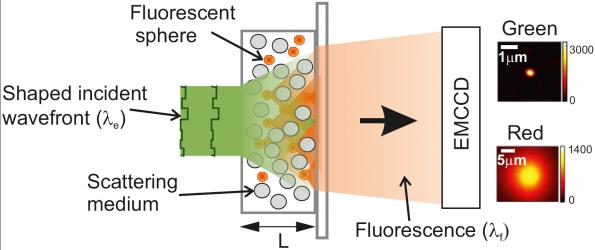

Jan Buiting @ elektormagazine.com discuss about a new technique used by scientist to build better LEDs.
By manipulating the incident light, researchers of the Complex Photonics Group at University of Twente in Enschede, The Netherlands, have turned light propagating in a layer of scattering nanoparticles into a rising diffusion curve.
By transforming the diffusion curve the result is more light energy being held inside an opaque layer which could lead to better yields for solar cells or LEDs. Even in a medium characterized by randomness, like a collection of non-organized particles that all scatter light, the net spreading of light is uniform. This is typical for diffusion.
Better LEDs with just a trick of the light – [Link]

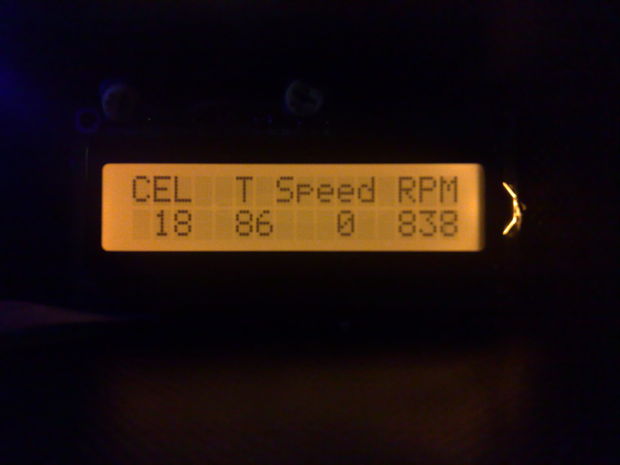
RichardvdK @ instructables.com shows us how to use OBD port of your vehicle to push data on a LCD screen. To achieve that he used a 16F886 microcontroller and some common electronics parts.
This is just another OBD2 solution for monitoring the sensors in a vehicle. It supports the K-line OBD2 serial communication between a vehicle and a microcontroller. This K-line communication is also known as ISO 9141-2 or ISO 14230-4 (also known as Keyword Protocol 2000 or KWP). Both ISO’s are almost similar. This solution differs from the rest that is low cost. It is low cost in the way that you don’t need an arduino, raspberry pi or smart phone. Just a microcontroller and LCD display so you can use your smartphone for other purposes.
Low cost OBD2 communications on K-line – [Link]

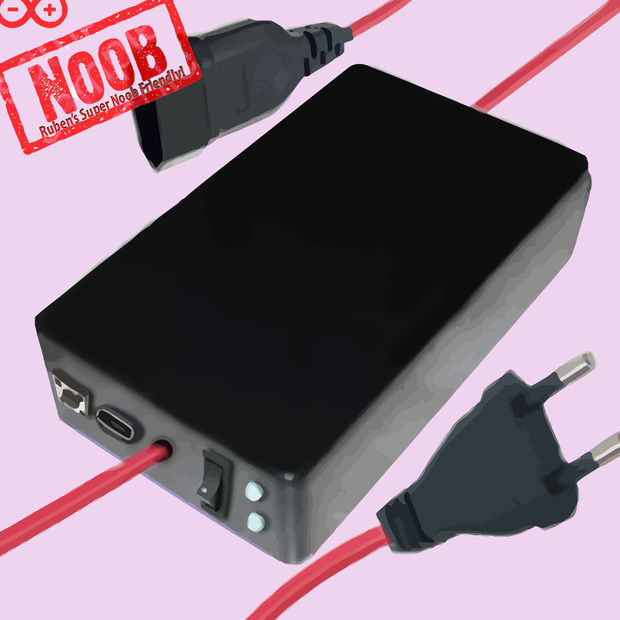
Ruben Marc Speybrouck show us how to control a device using your tablet or smartphone. To achieve that he used arduino, blynk and a wemos / ESP8266 board.
In this tutorial we will be making something I call a wifi controlled ac switch. (But iy also works for DC applications that are powered by a wall outlet) Basically we will make a small box that can control any ac electric current in your home, based on commands from your tablet or smartphone. On top of that it can be programmed to react to input from any kind of sensor. Tailored to your needs and limited only by your imagination.
Control an electrical appliance with your smartphone – WiFi – [Link]

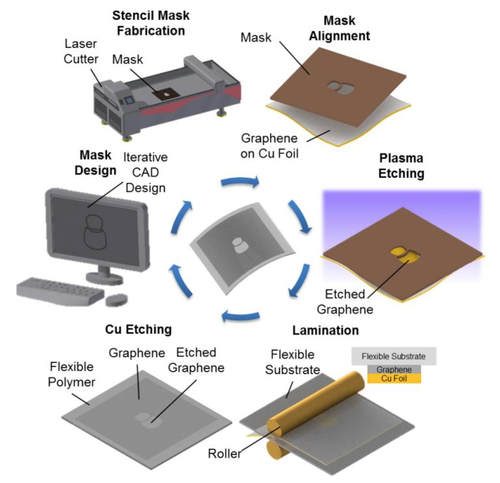
by R. Colin Johnson @ eetimes.com
LAKE WALES Fla.—Graphene is easily grown with chemical vapor deposition (CVD) on copper foil, but a simple way of etching out the necessary circuit patterns and transferring them to a non-metallic substrate has eluded engineers. Now researchers at the University of Illinois (Urbana-Champaign) claim to have a one-step room temperature process for quickly patterning and transferring graphene circuits to flexible substrates using a simple shadow mask.
Graphene Patterned at Room Temp – [Link]

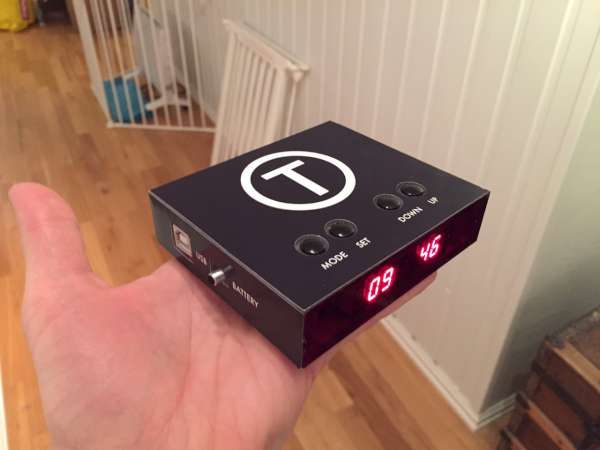
Joakim made a coundown clock for his wife and documented the whole process on his blog:
The clock is built using an Arduino, and has a battery powered real time clock to remember the time while powered off.
To make it truly stand alone I added the possibility to set the time and time-to-leave using buttons.
The clock was built into a custom made plexiglass box, and the outside covered with a design printed onto photo paper with a sticky back side. I used my wife’s Cameo vinyl cutter printer to cut the paper – I just love that machine!
T-baneklokke – A Coundown clock – [Link]

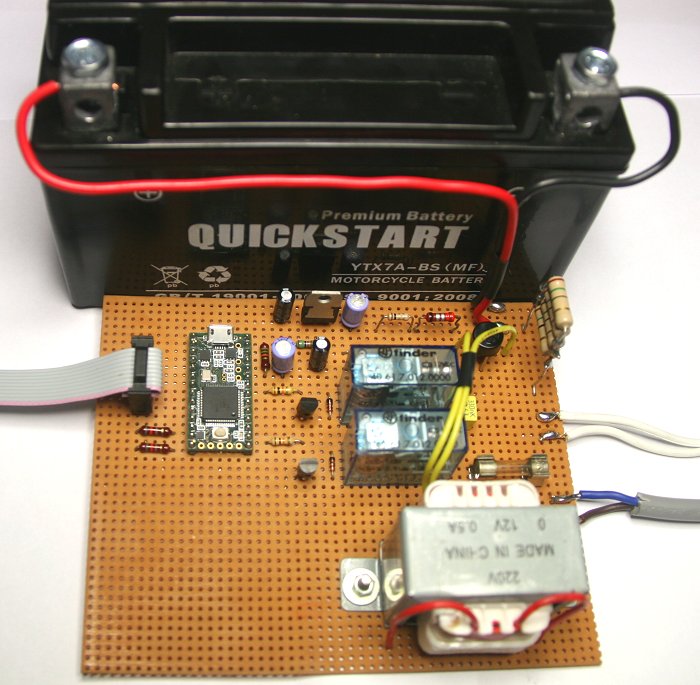
Elmue build a RFID electronic door lock using PN532 Controller, Vehicle Battery and Teensy 3.2 board.
The advantage of an electronic door lock is that the above security issues do not apply.
It is much better to have a safe door lock which prevents that the thief can enter than to have an alarm system which makes noise when the thief is already in. Until the police arrives he will be gone and probably some precious things will be missing. Secure locks are always better than alarm systems or cameras.
DIY electronic RFID Door Lock with Battery Backup – [Link]

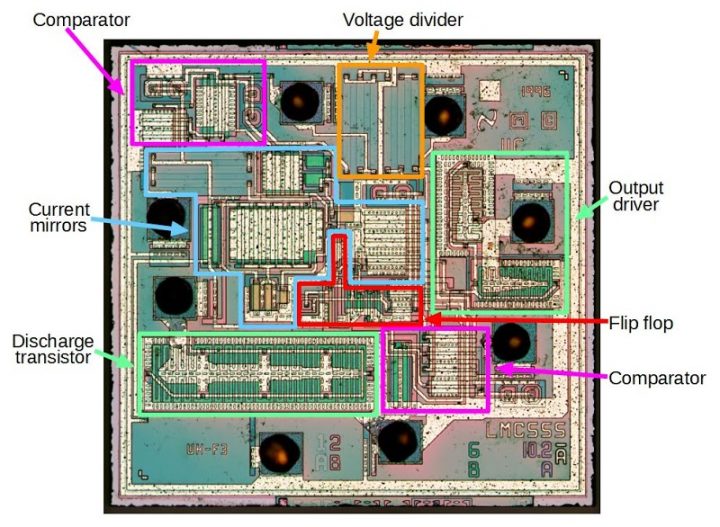
Ken Shirriff reverse engineer the CMOS version of 555 timer IC and explains how it works.
This article explains how the LMC555 timer chip works, from the tiny transistors and resistors on the silicon chip, to the functional units such as comparators and current mirrors that make it work. The popular 555 timer integrated circuit is said to be the world’s best-selling integrated circuit with billions sold since it was designed in 1970 by analog IC wizard Hans Camenzind[1].
Reverse engineering the popular 555 timer chip (CMOS version) – [Link]
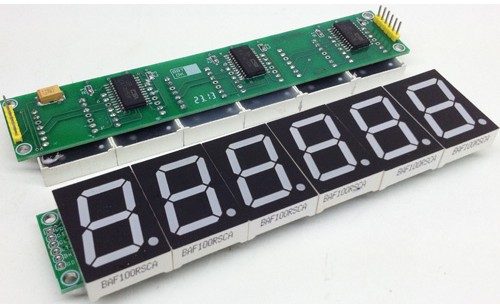
6 Digit serial display project has been designed around CAT4016 IC from ON semi. The CAT4016 is a 16 channel constant current driver for LED billboard and other general display applications. LED channel currents are programmed together via an external RSET resistor. Low output voltage operation on the LED channels as low as 0.4 V (for 2 to 100 mA LED current) allows for more power efficient designs.
A high-speed 4-wire serial interface of up to 25 MHz clock frequency controls each individual channel using a shift register and latch configuration. A serial output data pin (SOUT) allows multiple devices to be cascaded and programmed via one serial interface. The device also includes a blanking control pin (BLANK) that can be used to disable all channels independently of the interface.
Thermal shutdown protection is incorporated in the device to disable the LED outputs if the die temperature exceeds a set limit.
Features
- 6 Digit 1 inch 7Segment Display
- Supply Input 3V to 5.5V
- Serial interface up to 25 MHz clock frequency
- LED current 20mA (Range from 2 mA to 100)
- LED current set by external RSET resistor
- 300 mV LED dropout at 30 mA
- Thermal shutdown protection
- R1,R2,R3 Current Set Resistors
6 Digit Serial Display Driver with CAT4016 – [Link]

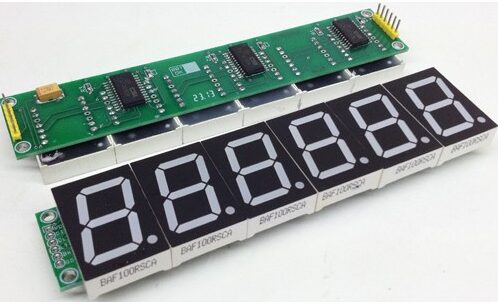
6 Digit serial display project has been designed around CAT4016 IC from ON semi. The CAT4016 is a 16 channel constant current driver for LED billboard and other general display applications. LED channel currents are programmed together via an external RSET resistor. Low output voltage operation on the LED channels as low as 0.4 V (for 2 to 100 mA LED current) allows for more power efficient designs.
A high-speed 4-wire serial interface of up to 25 MHz clock frequency controls each individual channel using a shift register and latch configuration. A serial output data pin (SOUT) allows multiple devices to be cascaded and programmed via one serial interface. The device also includes a blanking control pin (BLANK) that can be used to disable all channels independently of the interface.
Thermal shutdown protection is incorporated in the device to disable the LED outputs if the die temperature exceeds a set limit.
Features
- 6 Digit 1 inch 7Segment Display
- Supply Input 3V to 5.5V
- Serial interface up to 25 MHz clock frequency
- LED current 20mA (Range from 2 mA to 100)
- LED current set by external RSET resistor
- 300 mV LED dropout at 30 mA
- Thermal shutdown protection
- R1,R2,R3 Current Set Resistors
LED Current Set Formula
- LED Current = 50X1.2/Rset ,
- Rset = R1, R2, R3
CN1 : Connector
- PIN1 : 3V TO 5.5V (VCC)
- PIN2 : SIN (DI) Serial Data Input
- PIN3 : CLK (CL) Serial Clock Input
- PIN4 : Latch (LT) Latch Data Input
- PIN5 : Blank (BK) LED Channel enable disable input
- PIN6 : GND
CN2 : Serial Data Output
- PIN1 : 3V TO 5.5V (VCC)
- PIN2 : Sout (Do) Serial Data output
- PIN3 : CLK (CL) Serial Clock output
- PIN4 : Latch (LT) Latch Data output
- PIN5 : Blank (BK) LED Channel enable disable
- PIN6 : GND
Schematic
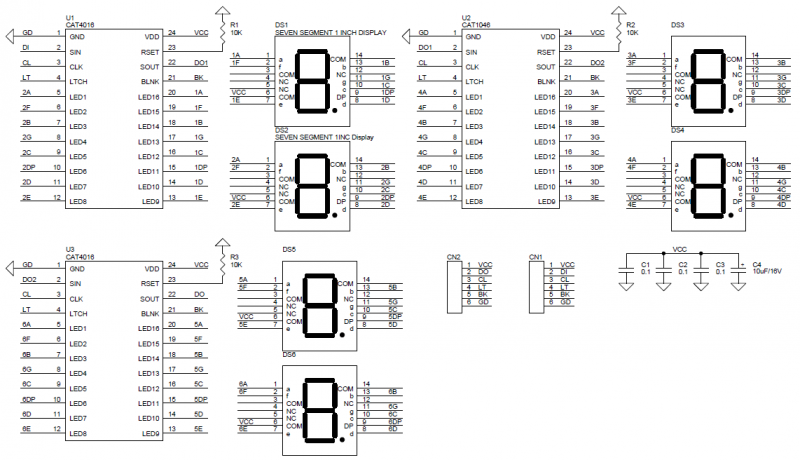
Parts List

Photos
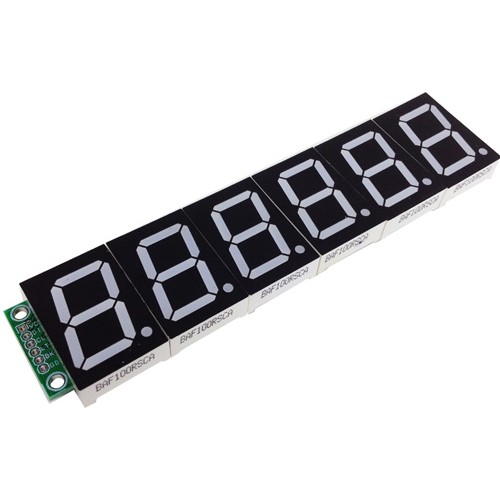
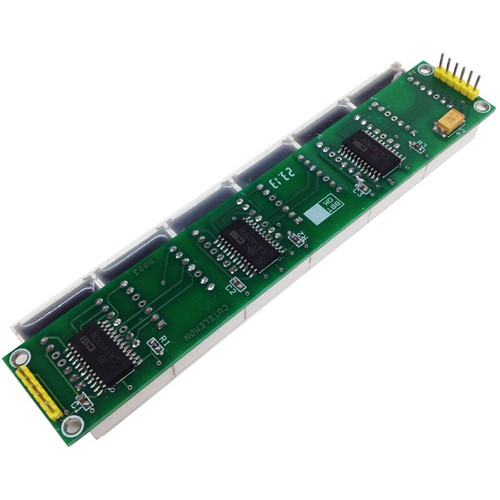

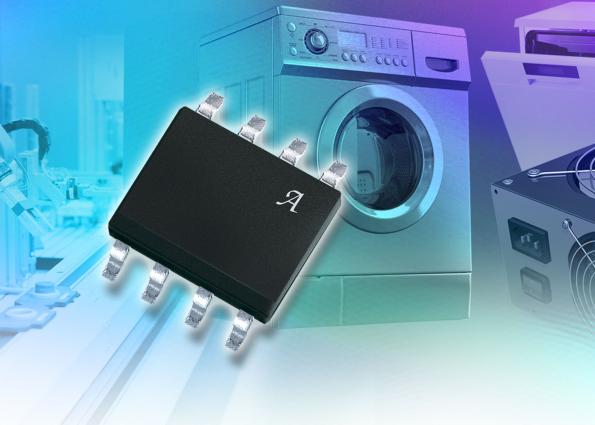
Allegro MicroSystems has released its first ever 1MHz bandwidth Hall-effect current sensor IC, boasting a 210ns response time.
The ACS730 provides an economical and precise solution for AC or DC current sensing and is aimed at industrial, commercial, and communications systems for motor control, load detection and management, switched-mode power supplies, and over-current fault protection.
ACS730 – Hall-effect current sensor with 1MHz bandwidth – [Link]























